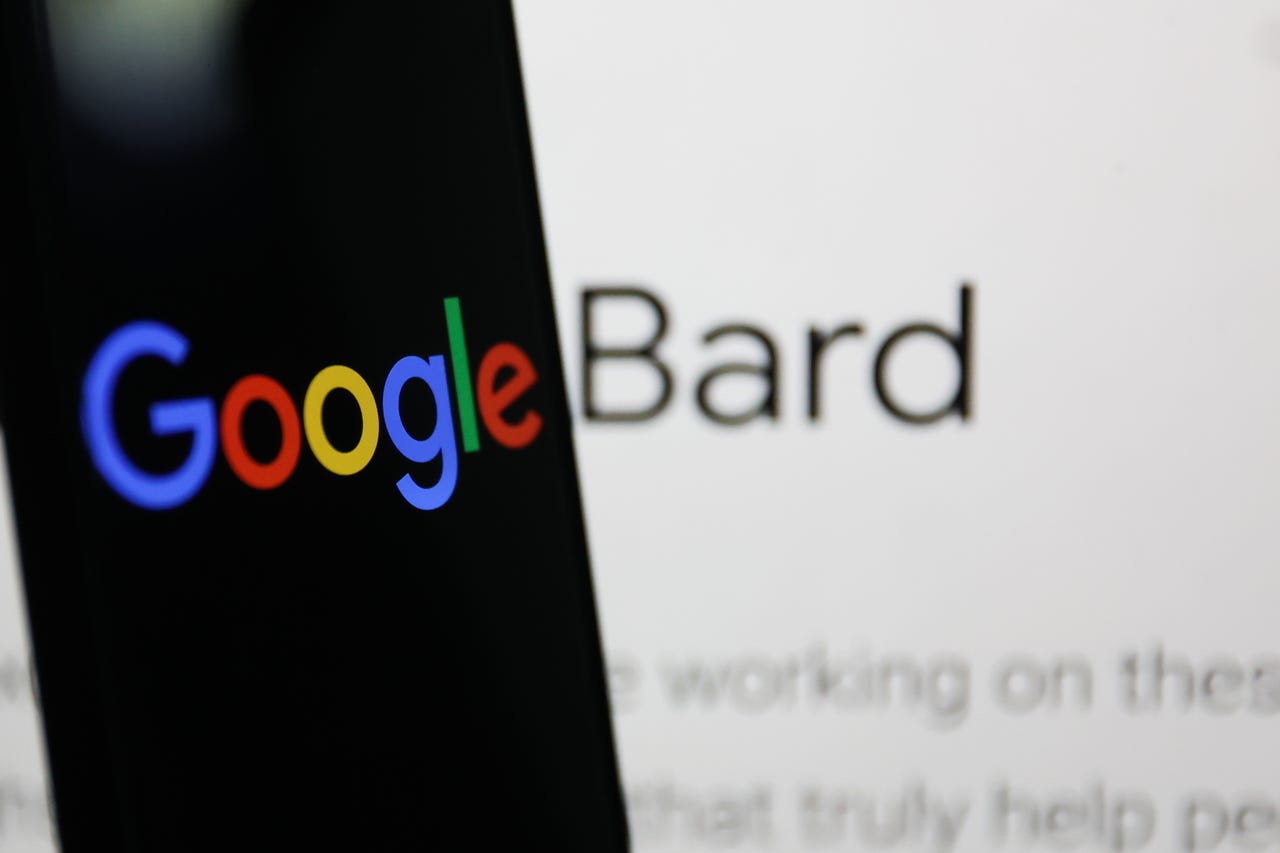What is Google Bard? Here’s everything you need to know

What is Google Bard?
Bard is Google's experimental conversational AI chat service. It is meant to function similarly to ChatGPT, with the biggest difference being that Google's service will pull from all the information on the web.
When was Google Bard announced?
Bard was unveiled on Feb. 6 in a statement from Google and Alphabet CEO Sundar Pichai. Even though Bard was an entirely new concept at the announcement, the AI chat service is powered by Google's Language Model for Dialogue Applications (LaMDA), which was unveiled two years ago.
How will Google Bard work?
Bard will be powered by Google's Language Model for Dialogue Applications (LaMDA), Google's family of conversational language models. LaMDA was built on Transformer, Google's neural network architecture that it invented and open sourced in 2017. Interestingly, GPT-3, the language model ChatGPT functions on, was also built on Transformer, according to Google.
SEE: Google's Bard builds on controversial LaMDA bot that engineer called ‘sentient'
The initial version of Bard will utilize a lightweight model version of LaMDA because it requires less computing power and can be scaled to more users, according to the release. In addition to LaMDA, Bard will draw on all the information from the web to provide responses. Pichai said pulling from the web would provide “fresh, high-quality responses.”
Who has access to Google Bard?
Google Bard has yet to be released to the public. The tech giant is currently testing Bard with a small group of “trusted testers,” according to Pichai. Both internal and external testing feedback will be taken into account to ensure that the service is ready to be released to the public and adhere to Google's AI responsibility standards. Google said Bard will be available to everyone in the weeks following the announcement made on Feb. 6.
What is the controversy around Google Bard?
Google's Bard had a rough launch, with a demo of Bard delivering inaccurate information about the James Webb Space Telescope (JWST). To launch the AI service, Google tweeted a demo of the AI chat service in which the prompt read, “What new discoveries from the James Webb Space Telescope can I tell my 9 year old about?”.
People quickly noticed that the output response was factually incorrect. As ZDNET reporter Stephanie Condon reports, the first photo of an exoplanet was taken in 2004 by the European Southern Observatory's VLT (Very Large Telescope).
“This highlights the importance of a rigorous testing process, something that we're kicking off this week with our Trusted Tester program,” said a Google spokesperson to ZDNET in a statement.
Why did Google decide to unveil Google Bard now?
ChatGPT has been a hit since it dropped. In less than a week after launching, ChatGPT had more than 1 million users. According to analysis by Swiss bank UBS, ChatGPT is the fastest growing app of all time. Because of this success other tech companies, like Google, are trying to get into the space while it's hot.
Within the same week Google unveiled Bard, Microsoft unveiled a new Bing search engine which runs on a next-generation OpenAI large language model customized specifically for search.
What other AI services does Google have?
Google has developed other AI services that have yet to be released to the public. The tech giant typically treds lightly when it comes to AI products and doesn't release them until it's confident in a product's performance.
For example, Google has developed an AI image generator, Imagen, which could be a great alternative to OpenAI's DALL-E when released. Google also has an AI music generator, MusicLM, which Google says it has no plans to release at this point.
SEE: ChatGPT can't make music, but Google's new AI model can
In a recent paper discussing MusicLM, Google recognizes the risk that these kinds of models could pose to the misappropriation of creative content and inherent biases present in the training that could affect cultures underrepresented in the training, as well fears over cultural appropriation. For that reason, Google proceeds with caution.

